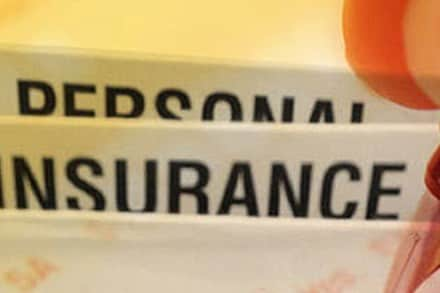From April, vehicle owners will have to pay more for the third-party motor insurance premium. While there will be no increase in premium for private cars with engine capacities below 1,000cc, those above 1,000cc will cost around 50% more. The hike for two-wheelers would be in the range of 16 to 50% and for commercial vehicles up to 50%.
The proposed hike by the Insurance Regulatory and Development Authority of India (Irdai) will be the sharpest in recent years. In fact, the regulator has revised the mandatory-cover rate every year for the past six years. The final pricing will be set this month after insurers submit their comments.
Calculations for new rates
Motor insurance comprises own-damage and third-party insurance. Any vehicle that plies on the road needs a third-party cover under the Motor Vehicles Act and insurers will have to ensure that the policy is available at their every underwriting office. To arrive at the new third-party motor premium in April, the regulator has analysed the data supplied by the Insurance Information Bureau of India (IIBI) for accident years from 2011-12 to 2015-16 for gross premiums and claims paid. The ultimate claim costs for each underwriting year are estimated using Chain Ladder Method applied on cumulative paid claims data. Based on these parameters, the regulator had put in place a formula in 2011 to calculate the pricing annually.
Also Watch:
The motor insurance portfolio for non-life insurers has been bleeding for many years and past hikes have enabled insurers to cover some of the previous losses. However, the incurred claims ratio of the Motor segment increased to 81.18% in 2015-16 from 77.14% in 2014-15.
The reported claims frequency is the highest for goods carrying segment, followed by passenger carrying and private cars. Litigation related to the claim amount can go on for years. An analysis done by Irdai on the claim development pattern of goods vehicles and passenger vehicles shows that it takes eight years for 99% of the claims to be filed.
Third-party liability
Third-party liability is decided and awarded by the judiciary taking into account the age of deceased, earning capacity, wages, etc., which keep rising due to inflation and other factors. The Motor Vehicles (Amendment) Act has substantially increase in compensation for accident victims. In case of death in hit-and-run cases, the compensation has been increased to R2 lakh from R25,000. For grievous injuries, the compensation will be R50,000. Insurers will have to pay the compensation within 30 days from the date of receipt of record of settlement.
The penalty for driving a vehicle without insurance has been doubled to R2,000 to ensure that every vehicle on the road has insurance. Also, if the owner of the vehicle in whose favour the insurance certificate is issued transfers the vehicle, the insurance company must be informed within 15 days of the transfer.
Prior to 2007, premiums for all non-life sector were regulated by the Tariff Advisory Committee. While regulation of tariffs was withdrawn, it continued in the case of third-party motor insurance, which saw insurers suffering heavy losses.
